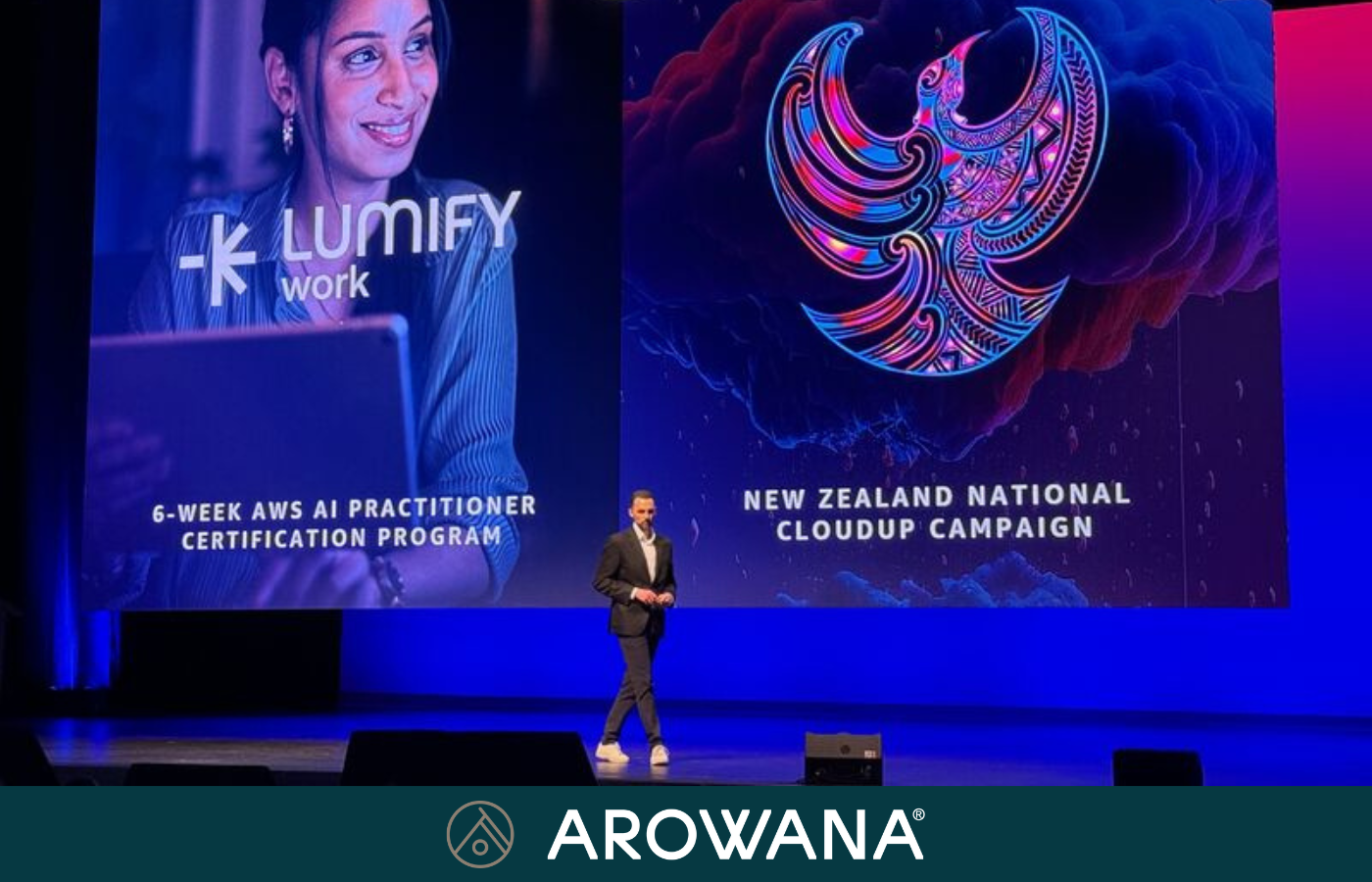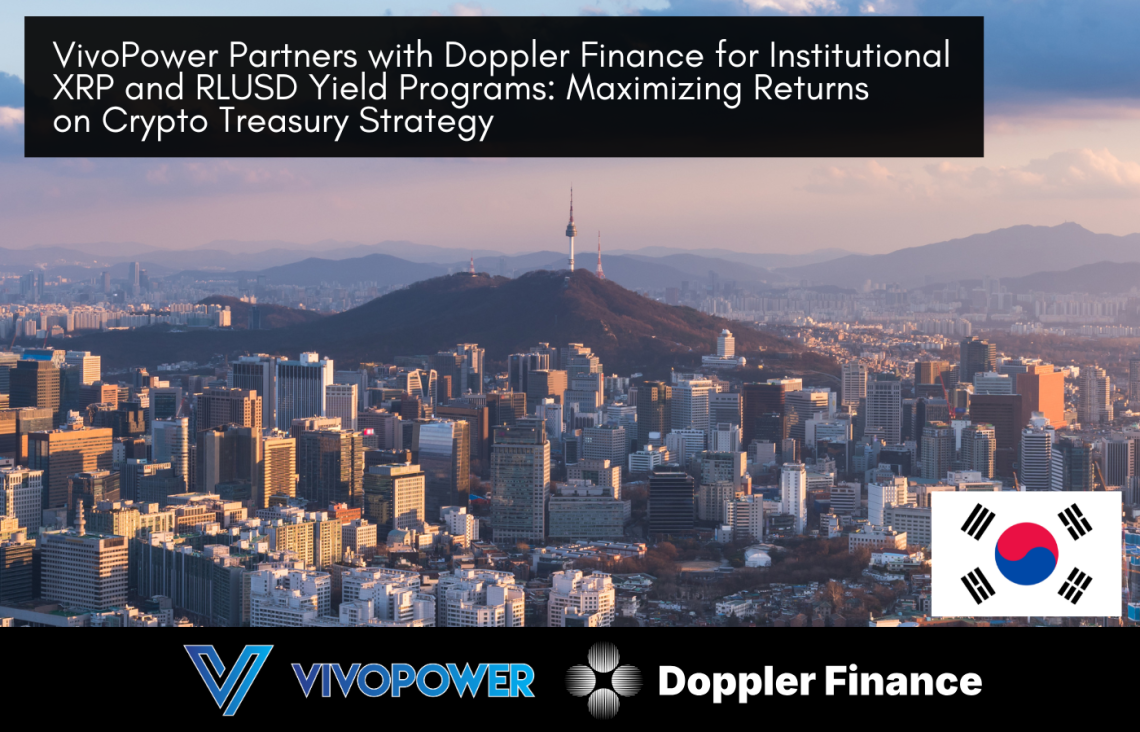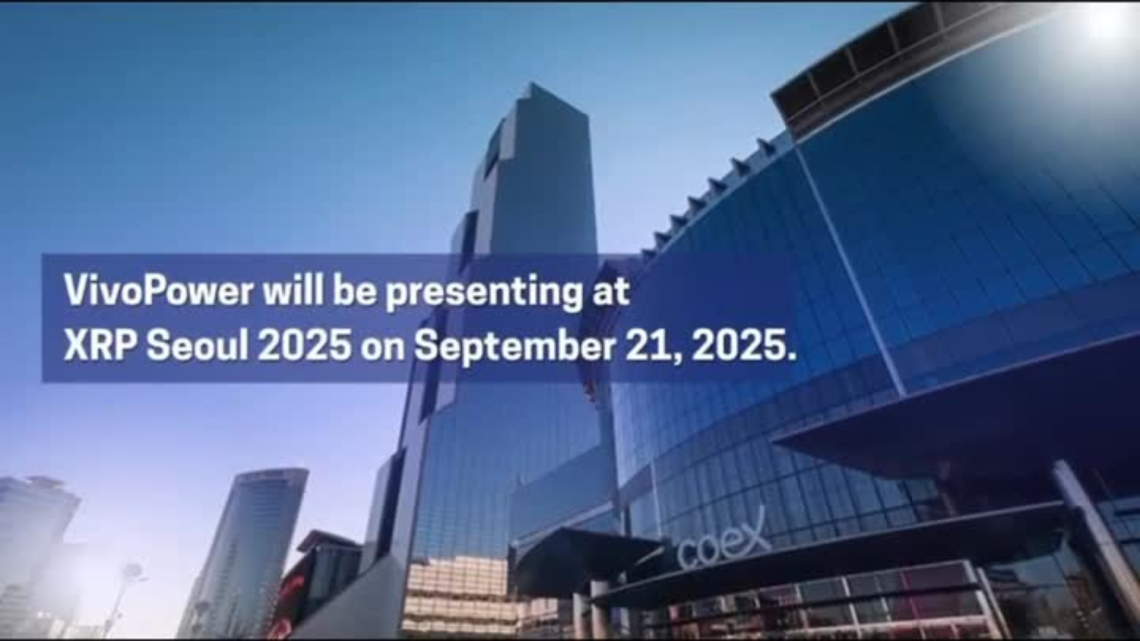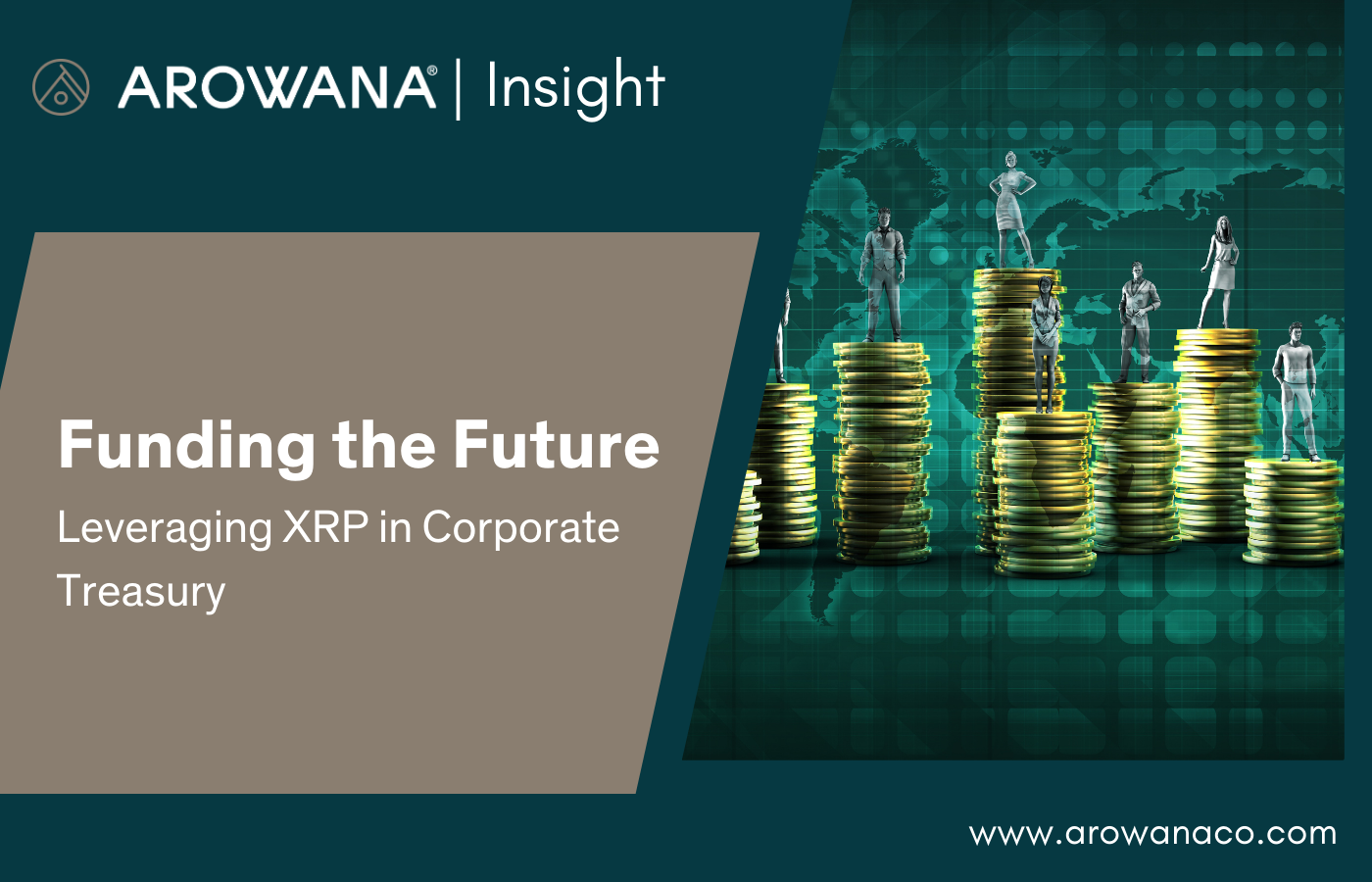
Legacy financial systems weren’t built for the velocity of modern commerce. Cross-border payments still rely on outdated rails—slow, expensive, and dependent on intermediaries that trap liquidity and delay settlement. Businesses operating globally need infrastructure that moves as fast as their markets.
XRP offers a structural alternative. Engineered for speed, scalability, and cost-efficiency, it functions as a bridge asset that eliminates the need for pre-funded accounts and streamlines international transactions. Its decentralised ledger and consensus protocol enable near-instant settlement without the energy overhead of traditional blockchains.
The ten reasons that follow show why enterprises are integrating XRP—not as a speculative asset, but as a practical tool for liquidity management, operational efficiency, and global reach.
XRP transactions settle in 3–5 seconds, a stark contrast to the multi-day delays common in traditional banking systems. This speed is not just a technical achievement—it’s a strategic enabler for businesses operating across time zones and markets. Real-time settlement reduces counterparty risk and allows for more agile financial operations.
For sectors like e-commerce, gaming, and remittances, where transaction velocity directly impacts user experience and revenue flow, XRP’s rapid settlement is transformative. It enables instant confirmation, faster delivery of services, and more responsive customer interactions.
This speed is made possible by the XRP Ledger’s consensus protocol, which avoids the bottlenecks of mining and batch processing. Instead, it relies on a network of trusted validators that reach agreement without delay, ensuring consistent throughput even under high transaction volumes.
Source: Investopedia
XRP’s average transaction fee is less than $0.01, making it one of the most cost-efficient digital assets for payments. In contrast, wire transfers can cost $10–$50, and remittance services often charge 5–10% of the transaction amount. For businesses managing high-frequency payments, these savings compound quickly.
Low fees also unlock new use cases. Micropayments, subscription models, and pay-per-use services become economically viable when transaction costs are negligible. This is especially relevant in digital ecosystems where monetisation depends on frictionless, low-cost exchanges.
The XRP Ledger’s fee structure is designed to prevent spam while remaining accessible. Fees are dynamically adjusted based on network load, but remain consistently low due to the ledger’s efficiency and scalability.
RippleNet’s On-Demand Liquidity (ODL) uses XRP to eliminate the need for pre-funded accounts in foreign currencies. This frees up capital that would otherwise be locked in nostro/vostro arrangements, allowing businesses to deploy resources more strategically.
With ODL, a company can convert its local currency into XRP, send it across borders instantly, and convert it into the destination currency—all in seconds. This model reduces exposure to currency volatility and simplifies treasury operations.
For financial institutions, this shift means lower operational costs and improved liquidity management. It also enables access to markets where traditional banking infrastructure is limited or inefficient.
XRP functions as a neutral bridge between fiat currencies, streamlining the conversion process and reducing reliance on multiple intermediaries. This is particularly valuable in corridors where direct currency pairs are illiquid or unavailable.
By using XRP as a bridge, businesses can bypass complex FX chains and settle transactions more efficiently. This reduces slippage, lowers costs, and improves transparency in cross-border payments.
Ripple’s Interledger Protocol further enhances this capability by enabling interoperability between different payment networks. It allows value to move seamlessly across systems, even if they use different technologies or currencies.
XRP is no longer confined to retail speculation—it’s being actively used by over 60 institutions for payments and liquidity management. This includes banks, fintechs, and remittance providers seeking alternatives to legacy infrastructure.
Institutional adoption signals maturity and trust. These entities are not chasing hype; they’re integrating XRP because it solves real operational problems—settlement delays, capital inefficiencies, and high transaction costs.
As more institutions build on RippleNet and hold XRP reserves, the asset’s utility grows. This network effect strengthens XRP’s position as a functional tool in global finance, not just a digital commodity.
Ripple’s legal resolution with the U.S. Securities and Exchange Commission has provided much-needed clarity around XRP’s status. This has removed a major barrier to institutional adoption and opened the door for broader integration.
Regulatory certainty allows businesses to plan long-term strategies involving XRP without fear of sudden legal reversals. It also encourages compliance teams to explore blockchain-based solutions with greater confidence.
While global regulation remains fragmented, XRP’s improved standing in key markets like the U.S. sets a precedent. It positions XRP as one of the few digital assets with both technical utility and legal viability.
XRP is supported by major payment gateways such as BitPay and CoinGate, enabling merchants to accept it alongside traditional currencies. This lowers the barrier to entry for businesses looking to diversify their payment options.
Ripple’s enterprise APIs and developer tools make it easy to embed XRP into existing payment flows. Whether it’s invoicing, payroll, or B2B transactions, integration is straightforward and scalable.
This usability is critical. A payment asset is only as valuable as its accessibility. XRP’s infrastructure ensures that businesses can adopt it without overhauling their systems or retraining their teams.
Unlike proof-of-work cryptocurrencies like Bitcoin, XRP uses a federated consensus mechanism that consumes minimal energy. This makes it environmentally sustainable and suitable for high-volume usage.
Energy efficiency is increasingly important as businesses face pressure to meet ESG goals. XRP’s low carbon footprint aligns with these priorities, making it a responsible choice for digital payments.
The XRP Ledger’s design ensures that scalability doesn’t come at the expense of sustainability. It can handle thousands of transactions per second without significant energy draw, supporting both performance and ethics.
Ripple’s Interledger Protocol allows XRP to connect disparate financial systems, enhancing interoperability across borders and platforms. This is essential in a fragmented global economy where payment networks often operate in silos.
Interoperability reduces friction and enables more inclusive financial participation. Businesses can transact across systems without needing to conform to a single standard or vendor.
This flexibility makes XRP a foundational layer for future financial infrastructure—one that prioritises openness, connectivity, and user control over proprietary constraints.
XRP’s speed, cost-efficiency, and liquidity make it especially valuable in regions with limited banking infrastructure. It supports financial inclusion by enabling low-cost, real-time transactions without reliance on traditional intermediaries.
Emerging markets often face high remittance fees, slow settlement, and currency instability. XRP addresses these pain points directly, offering a more resilient and accessible payment option.
By empowering local businesses and individuals with better financial tools, XRP contributes to economic development and digital equity. It’s not just a solution for efficiency—it’s a lever for systemic change.
As XRP continues to prove its utility across speed, cost, and liquidity dimensions, it’s not just fintech startups or remittance platforms taking notice.
VivoPower has announced a strategic pivot to become the first XRP-focused digital asset enterprise, marking a shift from speculative interest to structured treasury integration. The company is acquiring $100 million in privately held Ripple shares, giving it indirect exposure to approximately 211 million XRP tokens—currently valued at $696 million.
This dual-holding strategy—Ripple equity and XRP tokens—positions VivoPower as the only U.S.-listed firm offering shareholders direct access to Ripple’s ecosystem. The move aligns with its digital asset division, Caret Digital, and reflects a calculated bet on long-term value, acquisition efficiency, and infrastructure relevance.
By embedding XRP into its portfolio, VivoPower reframes the asset’s role from transactional utility to treasury infrastructure. As regulatory frameworks solidify and blockchain systems mature, XRP’s function may extend beyond payments into how corporations manage, store, and deploy digital value.
For more news and insights, stay tuned to the Arowana website.

The Lumify Work team in New Zealand took part in the launch of AWS Asia Pacific Region by Amazon Web Services (AWS). The event marked a defining moment for enterprise transformation, backed by AWS's landmark $7.5B infrastructure investment in Aotearoa.
Lumify is the launch training partner driving a program to upskill 10k New Zealanders.
For more news and insights, stay tuned to the Arowana website.

The Plain Language Awards has selected Plain English Foundation Editors Dr Elizabeth Beach and Emily Halloran to be part of the judges for this event. Beach and Halloran have been tasked with helping to choose the best public sector website and the best recipients of public sector documents.
Plain Language Awards will announce the winners on 30 October.
For more news and insights, stay tuned to the Arowana website.

Members of Lumify Group participated in the 26th itSMF National Service Management Conference in Brisbane. The team got to meet the vibrant ITSMF (IT Service Management Forum) community in Australia.
The Lumify Group team had great conversations about skilling and delivering flexibility and innovation in how organisations and people engage with products and services.
For more news and insights, stay tuned to the Arowana website.

VivoPower to deploy an initial US$30 million of XRP with Doppler
VivoPower’s yield strategy creates a regenerative loop—yields earned on deployed XRP are systematically reinvested back into the Company’s reserves, compounding long-term value for shareholders
Doppler Finance is a yield generation protocol built on the XRP Ledger and backed by ReForge, Digital Currency Group (DCG), and other Ripple-affiliated entities
South Korea holds US$30 billion of XRP circulating supply, representing 20% of the global total1
VivoPower, a publicly traded company listed on NASDAQ with an XRP-centric treasury strategy, today announced an exciting agreement with Doppler Finance that is aimed at unlocking institutional-grade yield opportunities for its XRP holdings. As part of the agreement, VivoPower intends to deploy, on a staged basis, an initial pilot tranche of US$30 million worth of XRP with Doppler Finance to generate yield on XRP treasury holdings.
Unlike traditional treasury management, this initiative is designed around a regenerative loop: yields earned on deployed XRP will be systematically reinvested back into VivoPower reserves, which should generate compounding long-term value for shareholders.
Rox Park, Head of Korea at Doppler Finance, said: “We are proud to have signed this definitive partnership agreement with VivoPower and look forward to working closely with them as they build out their digital asset treasury and decentralized finance solutions strategy in South Korea. We are confident that our platform will be able to deliver on their yield enhancement objectives with regards to XRP, and in the future, the RLUSD stablecoin as well.”
Kevin Chin, Executive Chairman and CEO of VivoPower, said: “We are very pleased to have entered this partnership with Doppler Finance, which has rapidly become a leader in the South Korean XRP ecosystem. By harnessing Doppler Finance’s programmable infrastructure, we can put reserves to work while retaining XRP as our cornerstone treasury asset. With an estimated 20% of the circulating supply totaling $30 billion of XRP held in South Korea, it is strategically a very important market for our overall digital asset treasury and decentralized finance (DeFi) solutions strategy. The partnership with Doppler Finance also provides a platform for us to participate and contribute to the growth of the ecosystem in South Korea, particularly in areas such as payment remittances via stablecoins, real-world asset tokenization, and DeFi lending.”
Doppler Finance is leading XRPfi by introducing an institutional-grade yield infrastructure natively built on XRP Ledger. Their technology stack combines regulated custody, fully audited reserves, and strictly vetted yield strategies designed for safety and scale. Their upcoming U.S. market entry in partnership with BitGo Trust is focused on building compliant, custody-first solutions for institutional clients.
Note 1: Based on Doppler Finance’s internal estimates
Media Contacts
VivoPower: [email protected]
Doppler Finance: [email protected]
Disclaimer: This communication is not intended for, and should not be acted upon by, any person in the United Kingdom. The information contained herein does not constitute a financial promotion under the Financial Services and Markets Act 2000 (FSMA) and is not directed at or intended for distribution to any person in the UK. If you are located in the UK, please disregard this message.

XRP Seoul 2025 is the premier XRP event in Asia, sponsored by Ripple
South Koreans hold an estimated $29 billion of XRP, representing 25% of circulating supply
VivoPower is pleased to announce that it has been invited to present at XRP Seoul 2025 in South Korea on September 21, 2025. XRP Seoul 2025, sponsored by Ripple and hosted by XRPL Korea, is the largest XRP and Web3 conference in Asia and one of the most influential stages covering the present and future of the industry.
South Korea is a strategically important market for VivoPower given an estimated 25% of all circulating supply of XRP is held by South Koreans. This represents an estimated value of $29 billion. In addition, South Korea accounts for approximately 25% of all XRP trading globally, worth the order of $20 billion.
XRP Seoul 2025 is expected to have more than 3,000 attendees and 100 companies from 40 countries, including significant XRP holders, developers and projects. It will showcase XRPL technologies and use cases. The event will cover not only the rapidly growing XRP ecosystem but also the latest industry trends such as digital asset treasury (DAT), stablecoins and more, with global leaders, investors, developers, and opinion leaders gathering to discuss market opportunities, technical infrastructure, and actual business applications and explore new directions for growth.
Contact
Shareholder Enquiries

VivoPower expands partnership with Crypto.com—Offers bonus XRP tokens through shareholder benefits program
VivoPower shareholders who sign up with Crypto.com can receive $100 bonus of XRP tokens
VivoPower and Crypto.com, a leading global cryptocurrency platform serving millions users worldwide, are pleased to announce the launch of a shareholder benefits program. This initiative expands on the custody partnership first announced on August 12, 2025.
As part of the shareholder benefits program, VivoPower shareholders who sign up to be eligible new users on Crypto.com, via an exclusive VVPR affiliate link, can receive a $100 XRP bonus, subject to eligibility criteria and availability.
For more information and to sign up, visit: https://crypto.com/exch/vivopower
About Crypto.com
Founded in 2016, Crypto.com is trusted by millions of users worldwide and is the industry leader in regulatory compliance, security and privacy. Our vision is simple: Cryptocurrency in Every Wallet™. Crypto.com is committed to accelerating the adoption of cryptocurrency through innovation and empowering the next generation of builders, creators, and entrepreneurs to develop a fairer and more equitable digital ecosystem.
Contact
Shareholder Enquiries

Once seen as a speculative token, XRP is now stepping into a more serious role—helping treasurers fund the future with speed, precision, and cross-border reach.
XRP is reshaping how companies manage liquidity, risk, and cross-border operations in the digital asset era. As treasury teams seek alternatives to fiat and bonds, XRP offers speed, scalability, and institutional-grade utility. It’s not just a speculative cryptocurrency—it’s emerging as a strategic reserve asset for corporate finance. This evolution reflects broader shifts in decentralised infrastructure and digital treasury strategy. XRP’s growing role signals a new chapter in enterprise liquidity management.
Designed for efficient value transfer, XRP enables near-instant cross-border payments with minimal transaction cost. Its architecture supports high throughput, low energy use, and seamless integration with RippleNet treasury solutions.
Unlike many cryptocurrencies, XRP has achieved partial regulatory clarity, making it viable for compliance and auditability. Businesses are exploring XRP custody solutions and staking protocols to optimise treasury performance. These features position XRP as a competitive alternative to stablecoins and traditional assets.
In this edition of Funding the Future, we explore the benefits of XRP in corporate treasury management. We examine XRP staking for businesses, liquidity optimisation, and institutional adoption trends. We also highlight real-world XRP treasury case studies and compare XRP vs Bitcoin for treasury use.
Among digital assets, XRP has gained attention for its relative legal clarity. Ripple Labs’ resolution with the U.S. Securities and Exchange Commission (SEC) clarified XRP’s status in key jurisdictions, distinguishing it from cryptocurrencies still navigating regulatory uncertainty. This development has contributed to growing institutional interest and broader market confidence.
For organisations exploring digital treasury options, legal clarity can simplify compliance and reduce exposure to regulatory risk. XRP’s defined position supports auditability and governance, which may be relevant for companies operating across multiple financial frameworks. Compared to assets with unresolved classifications, XRP offers a more predictable foundation for treasury planning.
This legal maturity also has implications for cross-border operations. Businesses using XRP for international payments benefit from consistent treatment across markets, minimising friction in regulatory workflows. As digital asset regulations continue to evolve, XRP’s early resolution may offer a degree of forward compatibility. For firms assessing long-term viability, this clarity is increasingly part of the conversation.
XRP was designed for speed and cost-efficiency in value transfer. Transactions typically settle in seconds, with fees measured in fractions of a cent. This performance profile has made XRP a practical option for companies managing high-volume or time-sensitive payments, particularly across borders.
In treasury operations, efficiency can translate to reduced friction in liquidity movement and improved responsiveness to market conditions. XRP’s architecture supports scalable throughput and low energy consumption, which may align with sustainability goals or operational mandates. These attributes have led some organisations to explore XRP as a tool for streamlining internal transfers and supplier settlements.
Integration with platforms like RippleNet and On-Demand Liquidity (ODL) has further expanded XRP’s utility. These systems enable real-time currency conversion and payment execution, potentially reducing reliance on pre-funded accounts. For businesses operating in multiple jurisdictions, this can offer flexibility in managing working capital and foreign exchange exposure. XRP’s infrastructure is increasingly viewed as a way to modernise transactional workflows without overhauling existing systems.
Liquidity plays a central role in treasury strategy, especially when assets are used for payments, hedging, or short-term repositioning. XRP benefits from broad exchange availability and consistent trading volume, which contributes to its accessibility across global markets. This liquidity profile allows for relatively efficient entry and exit, even at institutional scale.
The XRP Ledger supports native asset issuance and decentralised exchange functionality, but most treasury activity occurs through centralised platforms. Custodial providers now offer institutional-grade access to XRP, including secure storage, compliance tools, and integration with treasury management systems. These services have made XRP more approachable for organisations seeking operational reliability.
Ripple’s On-Demand Liquidity (ODL) network adds another layer of utility. By enabling real-time currency conversion without pre-funded accounts, ODL can reduce capital lock-up and improve cash flow agility. For companies managing multi-currency portfolios or operating in emerging markets, XRP’s liquidity infrastructure may offer practical advantages. While not universally adopted, it’s increasingly part of the digital asset conversation in treasury circles.
Beyond transactional use, XRP is being explored as a yield-generating asset through staking and decentralised finance (DeFi) protocols. Platforms like Flare Network have introduced mechanisms that allow XRP holders to earn passive returns by participating in network consensus or liquidity pools. These options are still evolving but have attracted interest from organisations looking to diversify treasury performance.
For companies with idle digital reserves, staking may offer a way to offset holding costs or generate supplemental yield. The process typically involves locking XRP into smart contracts or custodial platforms, with returns varying based on network activity and protocol design. While not risk-free, these strategies are being evaluated alongside traditional cash management tools.
Governance and risk oversight remain central to staking decisions. Institutions often assess counterparty exposure, smart contract reliability, and regulatory treatment before allocating XRP to yield-bearing protocols. Some treasury models reinvest staking returns to compound growth, while others treat them as liquidity buffers. As infrastructure matures, staking is becoming a more structured component of digital asset strategy.
XRP is being incorporated into treasury frameworks through a range of structured approaches. These models often combine direct holdings with staking protocols and strategic equity positions. While adoption varies by sector and scale, the underlying rationale centers on liquidity access, yield generation, and exposure to digital infrastructure.
VivoPower has committed over $120 million to an XRP-focused treasury strategy. This includes direct XRP holdings, staking via Flare Network, and an equity stake in Ripple Labs. The blended approach aims to optimise acquisition cost while generating passive returns and aligning with Ripple’s broader ecosystem.
These configurations reflect a growing interest in XRP as a multifunctional treasury asset. Whether used for staking, liquidity management, or strategic positioning, XRP is being evaluated as part of long-term digital asset planning. As infrastructure matures, these models may offer a blueprint for future treasury innovation.
Like any treasury asset, XRP carries a set of risks that merit evaluation. Market volatility remains a primary concern, with price fluctuations potentially impacting balance sheet stability. While some organisations use hedging strategies to manage exposure, volatility may still influence short-term liquidity planning.
Custodial arrangements also require scrutiny. Institutions typically assess counterparty risk, platform reliability, and regulatory alignment before selecting a custody provider. As XRP is integrated into treasury systems, secure storage and operational controls become essential to maintaining asset integrity.
Regulatory environments continue to evolve, and XRP’s treatment may vary across jurisdictions. While recent legal developments have clarified its status in some markets, ongoing changes could affect how XRP is classified or taxed. Treasury teams often monitor these shifts to ensure compliance and adjust strategy accordingly.
Finally, staking and yield-generation protocols introduce technical and governance risks. Smart contract vulnerabilities, network performance, and protocol design can influence outcomes. Organisations exploring these options typically conduct risk assessments and establish oversight mechanisms before allocating XRP to such platforms.
XRP is increasingly being considered not just as a payment tool, but as a structured component of corporate treasury architecture. Its legal clarity, operational efficiency, liquidity infrastructure, and staking potential offer a distinct profile among digital assets. While adoption remains selective, the frameworks emerging around XRP suggest a growing role in treasury innovation.
For organisations evaluating digital asset strategies, XRP presents a combination of utility and optionality. It can support transactional workflows, generate yield, and align with broader digital finance initiatives. These attributes make it a candidate for inclusion in diversified treasury models, particularly where agility and infrastructure compatibility are priorities.
For more news and insights, stay tuned to the Arowana website.

Crypto.com to Provide Custody Services for Digital Asset Treasury and Digital Asset Mining as well as Access to $VVPR Stock
Crypto.com 150 million Users to Gain Access to $VVPR on Crypto.com Stocks Platform
Crypto.com and VivoPower announced today that VivoPower has selected Crypto.com to be a strategic partner to provide custodial support for the expansion of its digital asset treasury holdings strategy, as well as with regards to Caret’s digital asset mining strategy.
Crypto.com Custody, Crypto.com’s institutional-grade custody offering, will provide the custodial services. Crypto.com Custody offers custody services to eligible institutions and high-net-worth clients through a comprehensive, end-to-end solution with safety and security at its core.
With this partnership, VivoPower’s shares will be available for trading through Crypto.com’s broker-dealer, making it easier than ever for crypto native retail and institutional investors to trade $VVPR through a secure and innovative digital platform.
Through Crypto.com’s platform, shareholders will also benefit from superior liquidity for XRP and other digital assets, as well as access to upcoming XRP restaking via Flare, which VivoPower has already partnered with.
“Crypto.com was purpose-built for today and tomorrow’s market – being able to provide institutions a most comprehensive, safe and secure crypto platform for acquiring and managing digital assets,” said Eric Anziani, President and Chief Operating Officer of Crypto.com. “We look forward to supporting VivoPower in its digital asset treasury strategy, and continuing to position Crypto.com as the destination of choice for institutional custody.”
“We are very pleased to have signed this partnership with Crypto.com to facilitate a listing for VivoPower on Crypto.com’s Stock platform, providing exposure to Crypto.com’s 150 million crypto native user base,” said Kevin Chin, Executive Chairman of VivoPower. “Furthermore, Crypto.com’s custody services across multiple international jurisdictions will provide us with additional capacity for international growth. We are confident that this partnership will be accretive to our XRP-focused digital asset strategy, as well as Caret’s digital asset mining business.”
Founded in 2016, Crypto.com is trusted by more than 150 million customers worldwide and is the industry leader in regulatory compliance, security and privacy. Our vision is simple: Cryptocurrency in Every Wallet™. Crypto.com is committed to accelerating the adoption of cryptocurrency through innovation and empowering the next generation of builders, creators, and entrepreneurs to develop a fairer and more equitable digital ecosystem.
To read our full press release, and to keep up with all of VivoPower’s releases, visit our Press Releases page.
Contact
Shareholder Enquiries
Lumify Group CEO Jon Lang has joined the roster of guest speakers at this year's Tech in Gov Expo in Canberra. Jon shared his insights into future-proofing Australia’s Government workforce through digital skilling.

For more news and insights, stay tuned to the Arowana website.